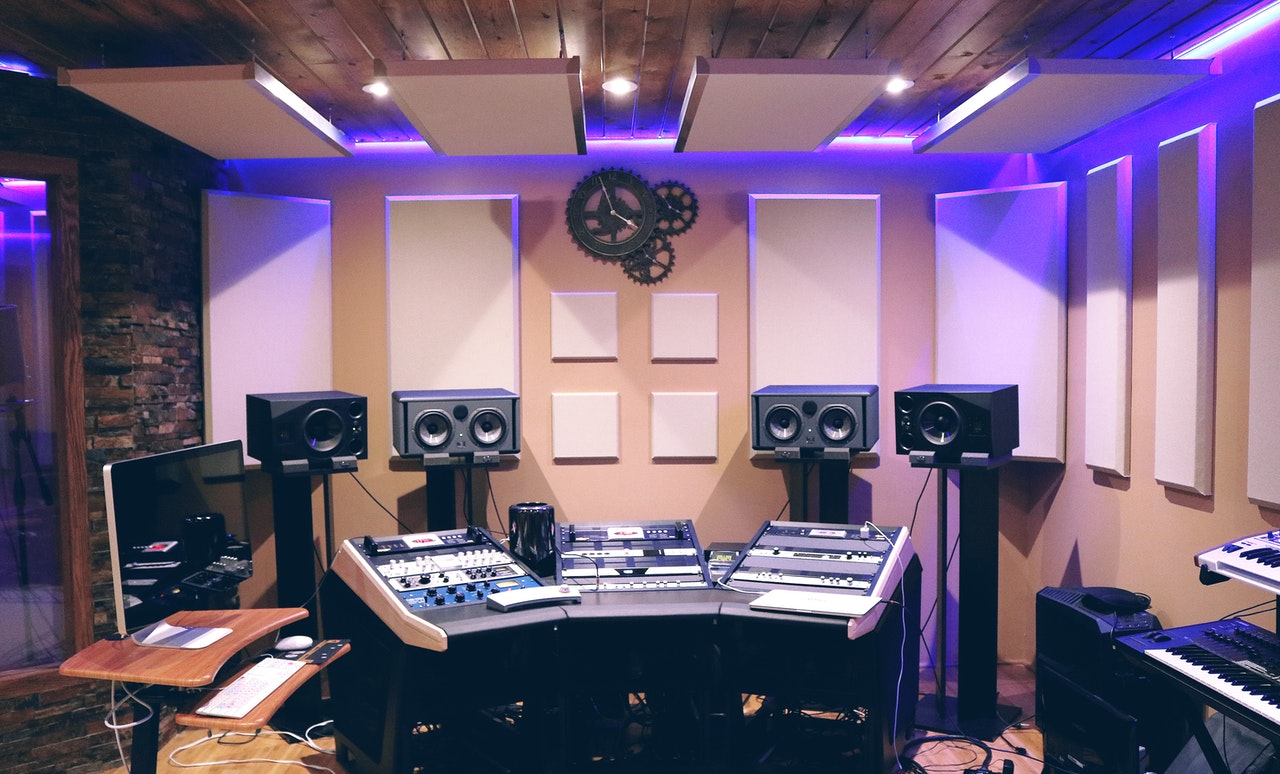We are living in a world of online creation right now. Creators, influencers, informed speakers, they are all there online right now. TikTok, for example, used to be a space for children as it was originally a karaoke app. But now it’s become a space for content creation that goes beyond anything else. More and more people are working from home on their content, sharing their ideas, making their businesses shine online. One thing that you’ll find, is that there are many out there who now offer voiceover work based on the fact that they have become popular online. If you are creating from home, a recording studio may be essential for you.
The thing is, building a home recording studio can be a huge project. It takes planning, research, preparation – but wait, does it? Most people believe so, but the truth is you can get started much easier than you think you can. You just need the right equipment and the right ideas. Whether you are looking at making a spare room of your home more private as your home studio with acoustic wall panels to keep the sound in, or you want to extend into the garage and install the microphone to be able to complete voiceover creation work, you can create your home studio, and it doesn’t have to take very much for you to do it.
You can keep your home recording studio very simple, and you can start off that way with just the basics. If you’re going to use content creation in a home studio as a hobby, you should want to go slowly at first. You don’t want to get discouraged, or overwhelmed, because that could also lead you to want to quit. This would make all the money that you invest into your home recording studio a complete waste. You also don’t want to go too cheap with your equipment; too cheap and it just doesn’t work as well as it should. You want to work, and although you can build your working studio for a little amount of money you still want to be able to have the very best that you can. Below, we’ve put together a list of the essentials so that you can get started on your homework for the studio.
- Start with a computer. Your biggest expense for your home studio is actually going to be your computer. You want one that’s the fastest that you can afford, and you want to make sure that it enables you to hook it up to what you need to hook it up to. From laptops like the MacBook Pro, to desktop computers that have a good graphics card, you want to make sure that your computer is going to work the way you need.
- Next, look at digital audio interface combos. The digital audio workstation is the software that you would use to edit, mix and record your music on your computer. With the audio interface, which is the hardware that you connect to your computer with the rest of the gear, you get a combo that’s a studio dream. If you get a combo, you have one less item to buy and it’s so much cheaper than buying them separately. Often the companies that offer these digital audio workstations and audio interface combos are the best around. For example, Steinberg has these for a great price.
- You’ll need a microphone. As your studio starts to mature, you need a microphone to integrate your music and your voice and record properly. You will need a microphone that allows you to have clarity in what you’re doing – it’s so important for your work. There are dozens of different microphones out there, and they all have different purposes, but you only need one or two to get you started. The one microphone that you choose depends on the type of instrument you want to record, and it also depends on whether or not you do voiceover work. So do your research, you want to get this right.
- Lastly, you’ll need some headphones. When you’re starting out, you’re spending a lot of your time recording by yourself, which is why you only really need one set of headphones. It’s also why you need that acoustic wall paneling to soundproof your space – you’re wearing headphones, so you can’t hear how loud you are! There are two very specific designs considered for studio headphones, and those are closed back for tracking and open back for mixing. Choosing the right headphones is a must, so make sure that you do your research into how others do things in their home studios.





 Em Português
Em Português En Español
En Español